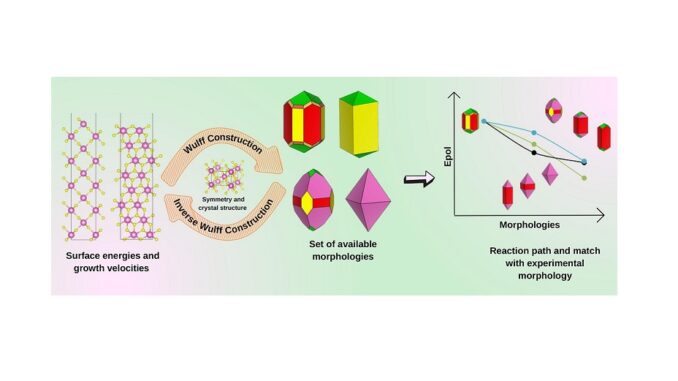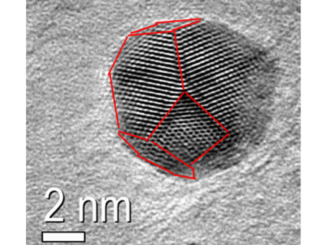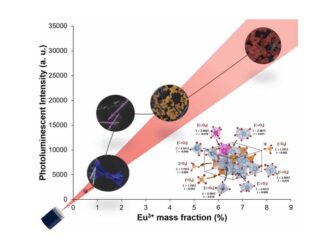
The hinge morphology of SnO2 as multifunctional semiconductor: What we can learn from simulations, theory, and experiments
Abstract: Our interaction with materials occurs through their surfaces whose properties are strongly dependent on morphology, structure, and atomic arrangement. Unfortunately, obtaining a detailed correlation between the surface morphology with its properties is not straightforward. SnO2 is a multifunctional semiconductor ceramic that is exploited in several technological devices from sensor to energy storage, water splitting, and solar to fuel photocatalysis. This work focused on the structural, energetic, and electronic properties of low and high index surfaces of SnO2 semiconductor and assessed the morphology-dependent process via first-principles calculations, at the density functional theory level. Importantly, our explicitly dynamic approach elucidates the atomic arrangements and stability of the exposed surfaces to provide a close match between experimental field emission scanning electron microscopy images and computational simulation. These findings can potentially set a foundation for establishing synthesis techniques for drive the morphology evolution through the control of temperature/pressure, and/or based on surface interactions of the selective adsorption of solvents/surfactants.
Author(s): Gouveia, A. F. ; Aldao, C. M. ; Ponce, M. A. ; Leite, E. R. ; Longo, E.; Andrés, J.
Applied Surface Science
Published: 15 June 2023, Volume 622, 156904
DOI: https://doi.org/10.1016/j.apsusc.2023.156904
CDMF
The CDMF, hosted at the Federal University of São Carlos (UFSCar), is one of the Research, Innovation and Dissemination Centers (RIDC) supported by the São Paulo State Research Support Foundation (Fapesp), and also receives investment from the National Council Scientific and Technological Development (CNPq), from the National Institute of Science and Technology of Materials in Nanotechnology (INCTMN).




